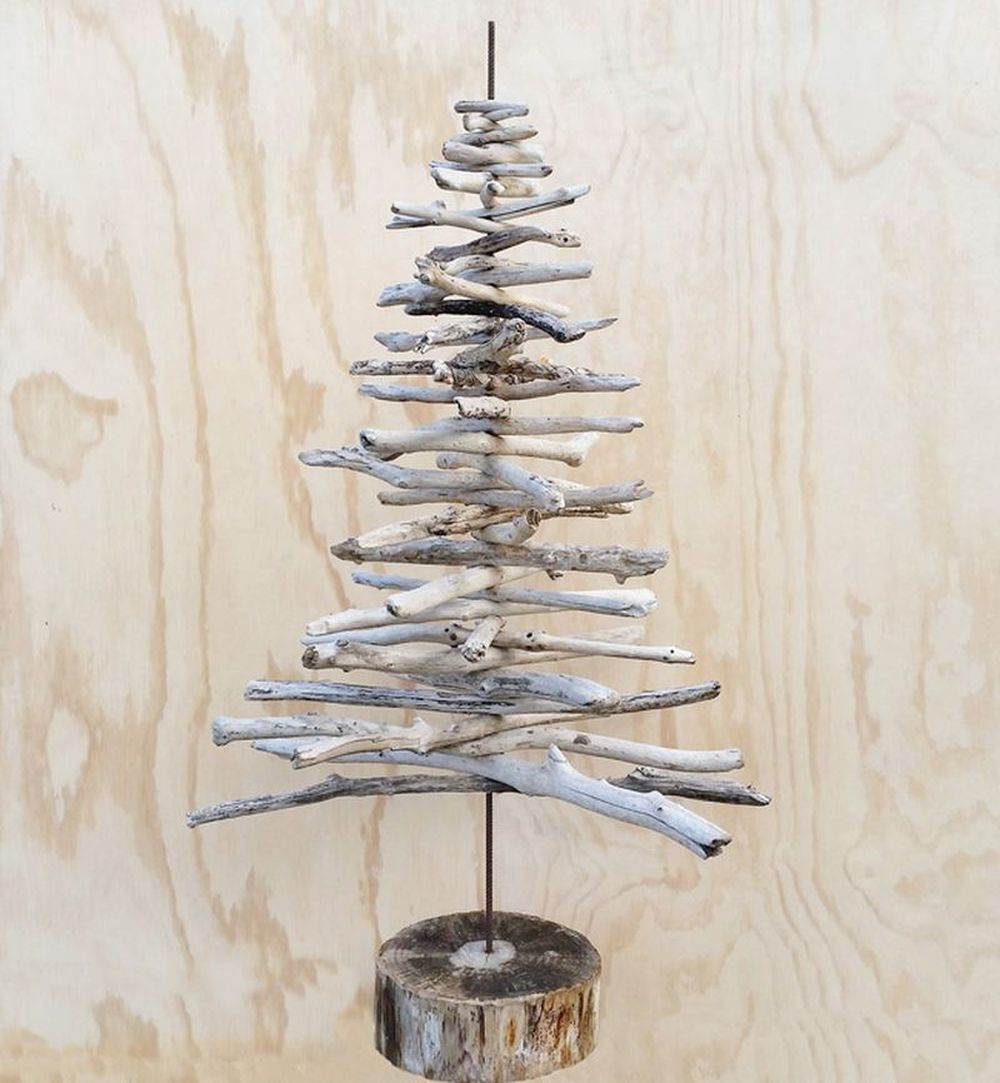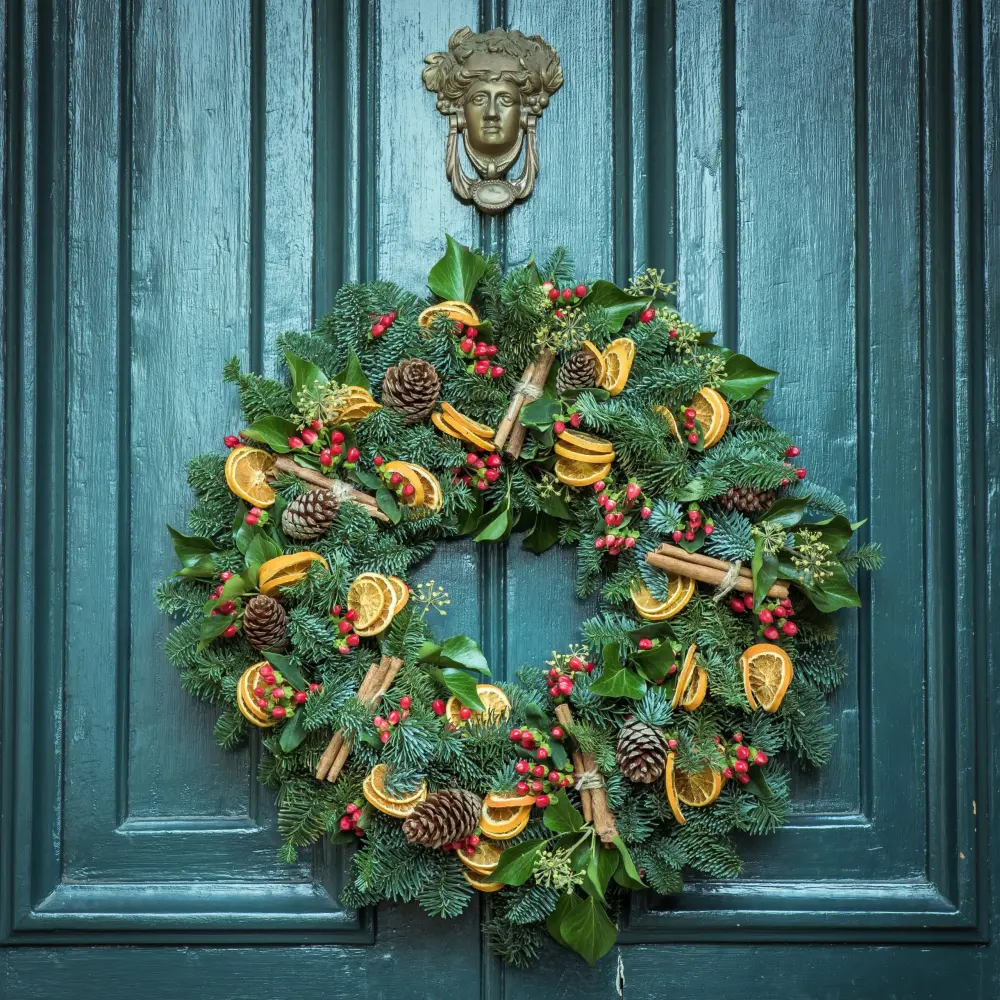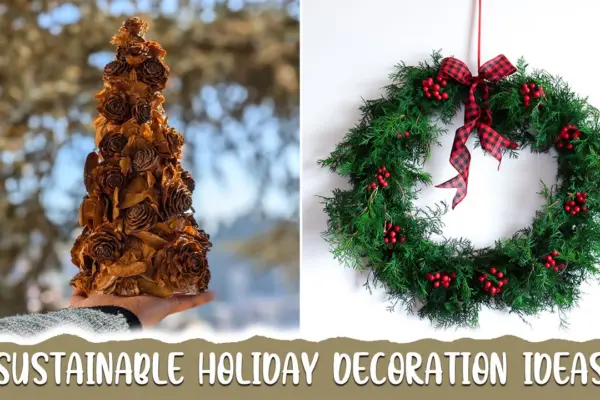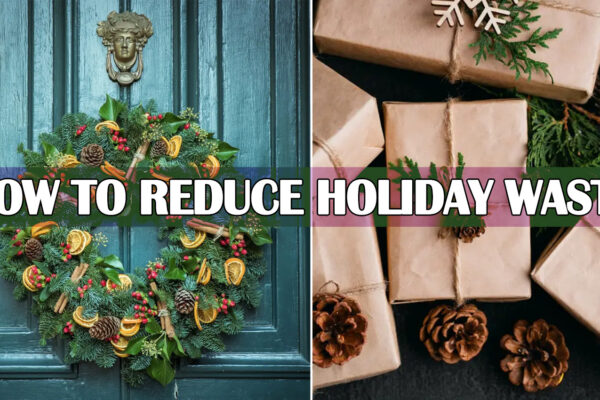Eco-Friendly Christmas Celebration – How to Lessen Your Footprint This Holiday Season?
Green Christmas celebrations not only reduce emissions but also spread love and joy and celebrate the festival in the right spirit
Christmas is all about generosity, kindness, spreading love and joy. But, over time it has become a time of abundance, consumerism, and waste for many people. People across the world deck up their homes with an excess of unwanted gifts, plastic trees, extravagant decorations, and non-recyclable wrapping paper as the holiday season rolls in.
According to the Bank of England, an average UK household spends over £800 in the month of December compared to other times of the year. A lot of money is spent and tons of waste is left to reach the landfills after the celebrations. At the end of celebrations, the abundance of discarded Christmas trees, mounds of leftover food, or presents can easily be found in dumps.
However, the world has become increasingly eco-conscious in recent years, with millions of people across the world opting green ways of living to reduce their carbon footprint. It is of utmost importance to cut back on the scale of extravagance on food, decorations, and gifts to reduce the burden on landfills. The vulgarity of Christmas consumerism and waste may or may not spread love and joy but it surely harms the planet.
More and more people are switching to environmentally-friendly decorations, presents, and wrapping. Green Christmas has emerged as a rising trend toward sustainable celebrations. To make the most of the festive season without harming planet earth, here are some eco-friendly ideas to celebrate Christmas in the right spirits.
Selecting the Right Tree
Artificial or Live Tree
Decorating and lighting a Christmas tree is a tradition, but people often get confused between buying an artificial tree or a live one. Sure, cutting a live tree is a cardinal sin against nature, but buying a plastic tree is an even bigger blunder. Fresh trees are the more eco-friendly option, as long they are from a sustainable source.
There are thousands of Christmas tree grower communities across the world, where trees are grown to guidelines governing sustainable cultivation with no use of pesticides used during growing. Choosing a tree with roots so that it can be replanted and enjoyed year after year is also a great option.

Image: Threadbare Cloak
Recycle at The End of Life
Millions of trees become decoration for homes and offices every year, but only 10 percent of them are recycled while the remaining end up in landfills. Recycling trees opens up the opportunity to create biomass that can provide nutrients for the depleted soil. If you are choosing a live tree, make sure it’s recycled after fulfilling its purpose.
Also Read: Tamil Nadu Artisans Create Colorful Clay Dolls and Bamboo Cribs for Christmas
It is no news that plastic is harmful to the environment. If you are choosing an artificial, plastic tree, then make sure that you use them for up to nine years in order to have a less environmental impact than natural alternatives. A 2-meter (6.5ft) artificial tree has a carbon footprint equivalent to about 40kg of greenhouse gas emissions – which is more than twice that of a real tree that ends its life in a landfill and more than 10 times that of a real tree that is burned.
Tree Rentals
Opting to rent trees, complete with lights and decorations has become another good alternative for the festival. Places like garden centers and plant nurseries are offering Christmas-tree hire services over the festive season. They deliver and collect the tree and the trees are replanted after their return.
There are many other Christmas tree alternatives such as ones made from recycled materials that don’t have any noxious effect on nature and would help you to celebrate Christmas with the same fervor.
Sustainable Decorations
The houses are usually dolled up with shiny decorations of tinsel, fairy lights, and ornaments on the occasion of Christmas. Decking up your household from top to bottom with festive embellishments can beautify it but it also creates a whole lot of waste in the aftermath.
The best Christmas decorations are family heirlooms that emerge year after year – making them instantly sustainable. However, if you like to add to your collection, opt for metal, glass, or wood decoration pieces as they have a long life and will not affect the environment like plastic.
Go Green
Instead of the habitual throwing away of plastic decorations, you could craft your own homemade ones for Christmas. Leaves, berries, dried fruits, pinecones, paper, cardboard, and wood etc. can be used to make beautiful, sustainable decoration items for the festive season and they will not harm the environment like the plastic decoration articles. You can fashion a reusable Advent calendar as well to be used year after year.

Image: Biofriendly Planet
Edibles threaded on the ribbon are another option, as are foraged red berries, holly and mistletoe. If you want candles, choose eco-friendly soy or beeswax varieties rather than paraffin.
Recycle and Reuse
You can reuse the ornaments that you used last year. Creating ornaments with family at home will not only save you money and help the planet but will add to the family fun as well. Recycling old papers and wood scrapes into beautiful decoration pieces is another good idea.
When you have got full use out of the decorations, try to dispose of them in an eco-conscious manner. Do not burden the landfills and increase the emissions.
Switch to LED Lights
Lights play a significant role in Christmas celebrations, which are customarily used to decorate trees, the interior of homes and the exterior. If you are using lights as part of your decorations, it would be more eco-conscious to use LED bulbs. They are up to 80 percent more efficient than traditional lighting such as fluorescent and incandescent lights.
If every UK household swapped a string of incandescent lights for its LED equivalent, it could save more than £11 million and 29,000 tonnes of CO2, just over the 12 days of Christmas. Switch to solar-powered lights outdoors, and put both sets on a timer. You’ll not only make environmental savings but your energy bills will be reduced too.
Also Read: Nissan Leaf’s Illuminated Christmas Tree Powered by Regenerative Energy
Support Local Retailers
According to Amazon, an average of 17 gifts are bought per individual each year. Purchasing gifts and other items for the holiday season can drastically increase your carbon footprint.
Instead of filling up your Amazon basket with gifts for family and friends, buying the things from local stores and markets will reduce the number of greenhouse emissions produced from delivering gifts to your doorstep.
Eco-Friendly Christmas Gifts
Be eco-conscious with your gifts and wrapping paper. Send forest-friendly or plantable Christmas cards to family and friends. Long-lasting presents and sending e-cards lets people cherish them forever, cut down on waste and save a whole lot of money that can be put to better use.
The Woodland Trust shop is a great place to pick up a pack, the proceeds from which also support Britain’s woodlands. Recycle or compost your cards in January or turn them into decorations for next year.
Each Christmas the amount of paper thrown away is the equivalent of around 5-12 million litres of biofuel, with 1.5 billion cards being thrown away in the UK alone.
Sustainable or Recycled Wrapping Paper
Purchasing long-lasting gifts and wrapping paper made of recycled material is another eco-friendly way to celebrate Christmas. Sadly, lots of wrapping paper contains plastic. So, it would be better to go for the understated elegance of brown parcel paper tied up with string as it would help save the planet.
The crafty use of old newspapers can make a stylish wrapping paper with a vintage touch. Colorful fabrics can also be used to wrap presents as they add a beautiful festive vibe and personal touch to the gift. Proper disposal of these materials is equally important to preserve the ecosystems.
Reduce Wastage of Food
Over the holiday season, millions of food items are thrown away, according to a report by The Big Issue. In the UK, organizations such as Fare Share, City Harvest and Food Cycle collect surplus food, which is then distributed to those who are in need.
When you’re food shopping, try and choose things that are light on the packaging, or buy loose items only. Try to adopt vegan food to reduce emissions. If you do not finish all the food on your Christmas table, then it is important to think twice before throwing it away, as both an environmental and a social issue. Transforming leftovers can be a great way to create new meals, save money and cut waste.
These steps can help reduce the mountain of food waste, opt for the most carbon-efficient cooking, lighting and heating and even trim tedious miles spent on the motorway. The value of swapping physical gifts for more meaningful and useful experiences has gotten great recognition over time.
The increasing awareness toward the environment has given birth to eco-friendly and green Christmas trends. By following these environmentally-friendly Christmas ideas, one can minimize their footprint on the ecosystem and reduce emissions.



